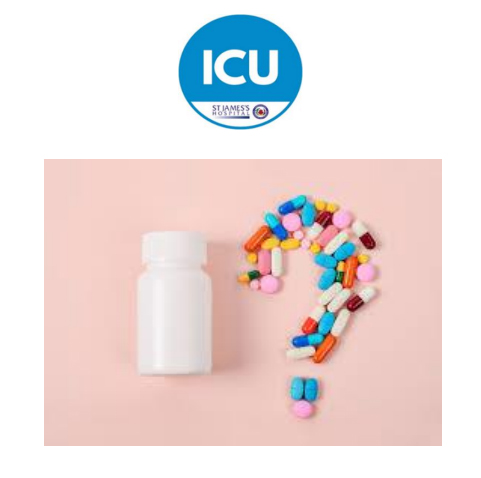
Patient Experience

What is an antibiotic allergy?
An antibiotic allergy is a bad reaction to some antibiotics. It can be serious (life-threatening) or mild. Signs of an allergy include:
An “allergy” and a “side effect” are different. An antibiotic allergy happens when the body’s immune system reacts to an antibiotic it does not like. When this happens, your immune system gives you symptoms of an allergic reaction. A side effect is not caused by your immune system, but may give you similar symptoms. Sometimes a reaction is a side effect of the medication, and not a “true allergy.”
What is a low-risk antibiotic allergy?
We carry out tests to check your risk of having an allergy to an antibiotic. if you have:
then your risk of having another reaction to the same antibiotic is low, and the risk of a serious reaction is very low. When this is the case, we can safely use the antibiotic again.
What is antibiotic allergy de-labelling?
Many people think they have allergies to antibiotics, especially to penicillin. Many penicillin allergies, around 90% (9 out of 10), disappear after a few years, or may not have been caused by penicillin in the first place. However, while 10% of adults believe they are allergic to penicillin, most (9 out of 10) do not have a true allergy. About 50% of penicillin allergies go away after 5 years, and 85% after 10 years. We can carry out a simple series of tests to see if you still have an allergy to antibiotics. This is known as “allergy de-labelling”.
Why is de-labelling important?
By doing the tests, you will find out if you still have an allergy to the antibiotic. If your tests show you no longer have an antibiotic allergy, then your doctor has more antibiotics to choose from. You are then more likely to get the best and safest antibiotic for an infection. For you, this might mean a quicker recovery.
Wrong antibiotic allergy labels cause harm, as they often lead to your doctor using antibiotics that are less effective, or more toxic to cure infections. Risks of this include:
How does the de-labelling process work?
People who are admitted to the Intensive Care Unit (ICU) often need antibiotics. As the ICU has lots of equipment for monitoring your heart and lungs, as well as a large nursing team, it is the perfect place to carry out the de-labelling tests. The tests will be explained to you and you can decide if you would like to take them. You can stop the tests at any time.
Some patients in the ICU cannot decide for themselves to take the tests, because of how sick they are. If this is the case, the doctor will decide if doing the tests is in your best interests. Your nominated person of contact will then be told about the decision to do the tests by your ICU doctor.
Your ICU doctor, pharmacist or nurse will work with you to find out if you may have a mild (low-risk) or serious (high-risk) antibiotic allergy. You will be asked questions. It is important you can give as much information as possible. If your doctor thinks you have a mild antibiotic allergy, they will ask you to have an ‘Oral Antibiotic Challenge Test’. This test is simple and safe. You will be asked to swallow a small amount of the antibiotic. A nurse will watch you closely for two hours to see if you have an allergic reaction. If there is no reaction during this time, then you do not have an allergy to the antibiotic
If your allergy is high-risk, your doctor or nurse may ask for you to do “skin prick” and “intradermal” tests. This is where a small amount of antibiotic is administered under the skin to see if you have a reaction. Again, you will then be watched closely by a member of the ICU nursing team to see if you have an allergic reaction. If you do not have a reaction to the skin prick or intradermal tests, you will then be asked to take the oral antibiotic challenge test.
If your allergy is serious, (very high-risk) you will not be able to take the tests. You will still need to tell doctors you are allergic to the antibiotic
Are there risks?
The de-labelling process is safe. The oral antibiotic challenge, skin prick and intradermal tests have been taken by thousands of people across the world. After these tests, many people have discovered that they are able to safely take the antibiotic. During the tests, you are watched closely by your nurses and doctors. If you develop an allergic reaction, they will treat you straight away.
What do my results mean?
You and your doctor (GP) will be told about the test results. You will each receive a letter explaining:
All results will be placed in your medical notes.
For further support, contact the critical care ANP team on 0870944354, or email criticalcareANP@stjames.ie